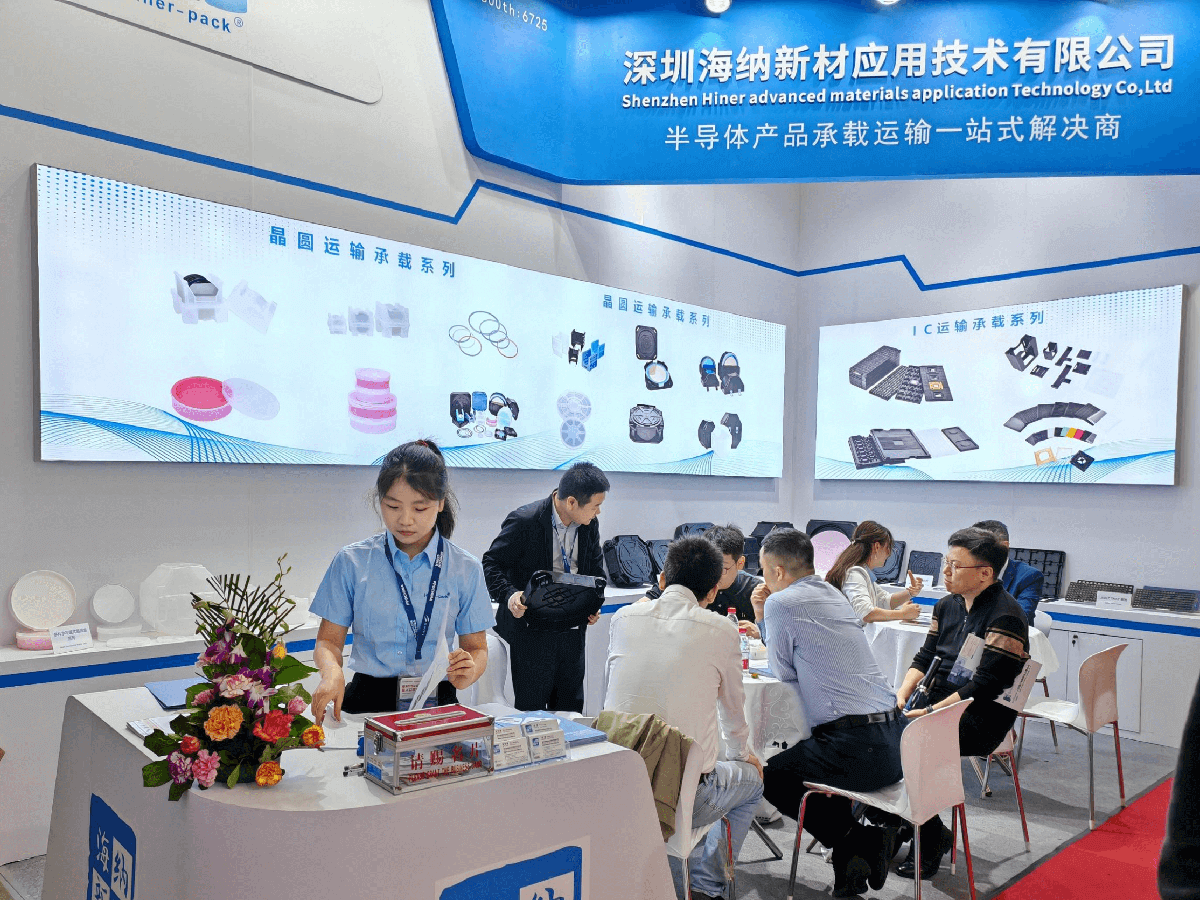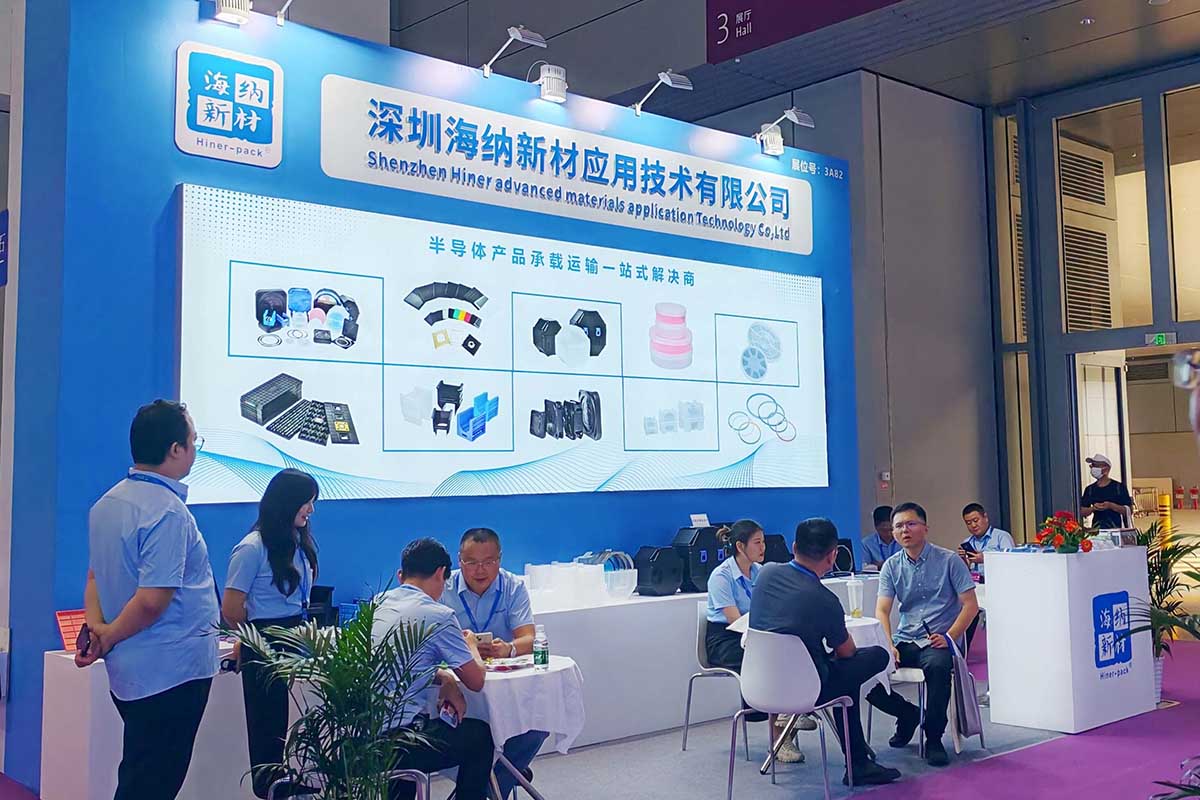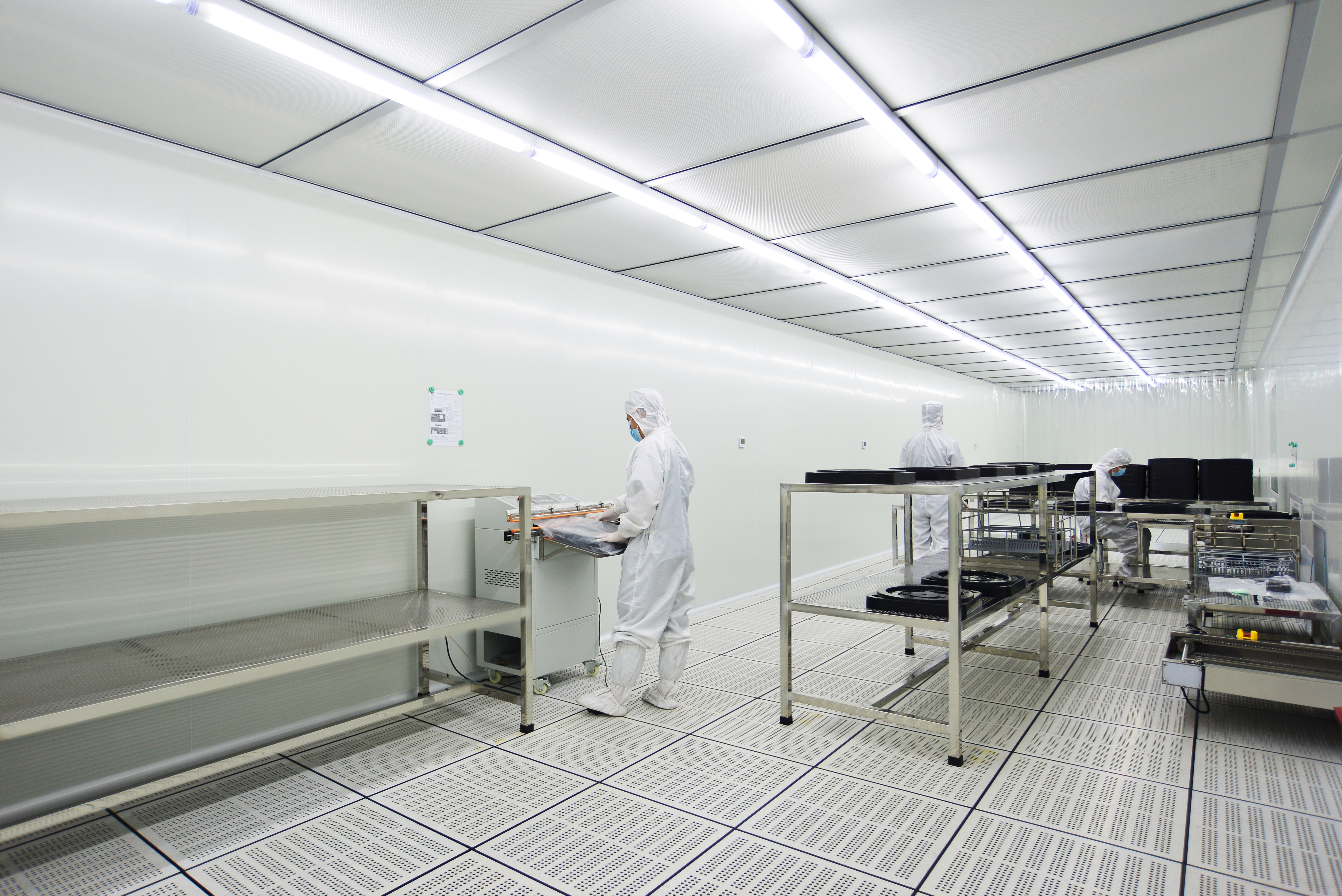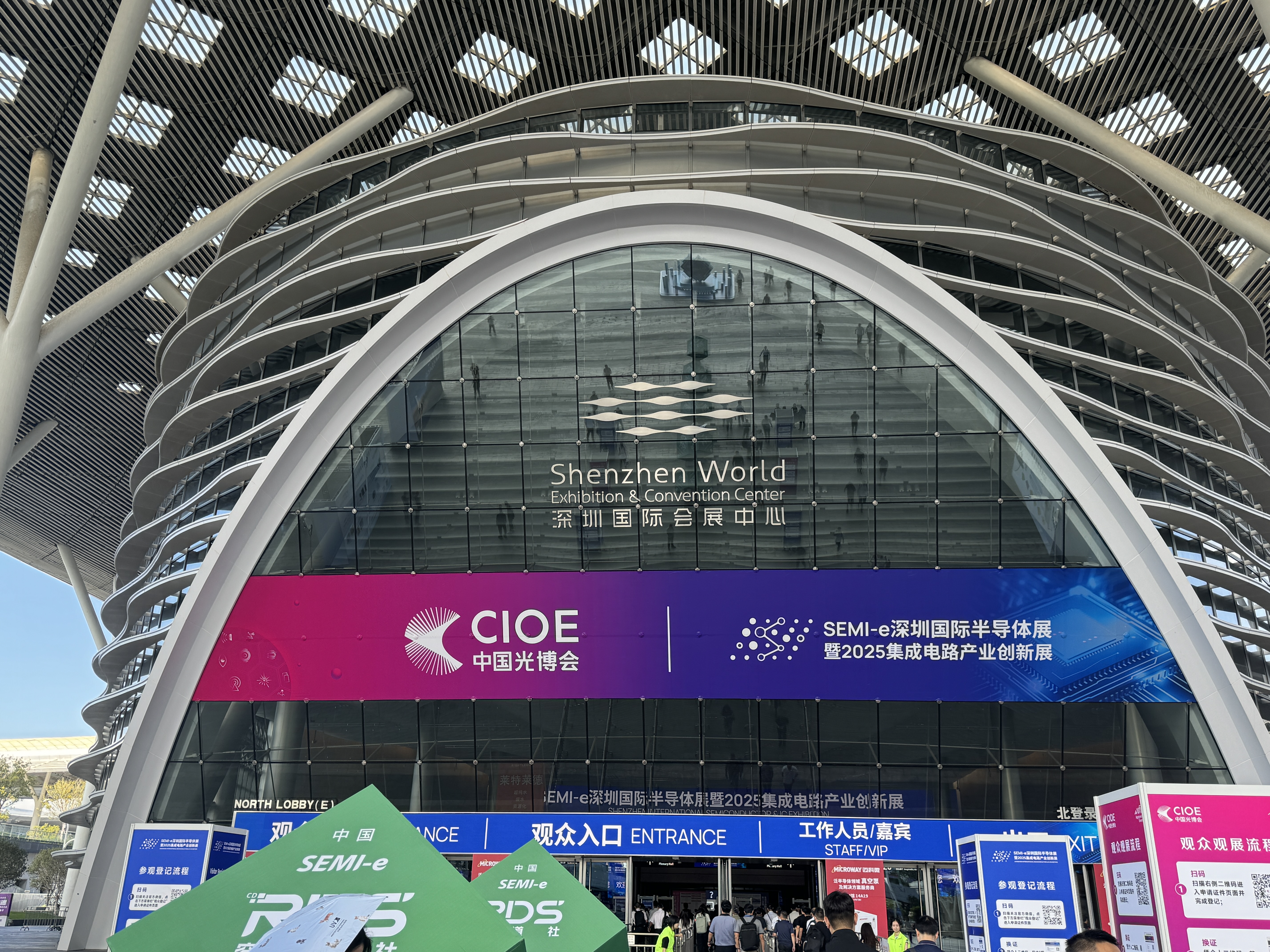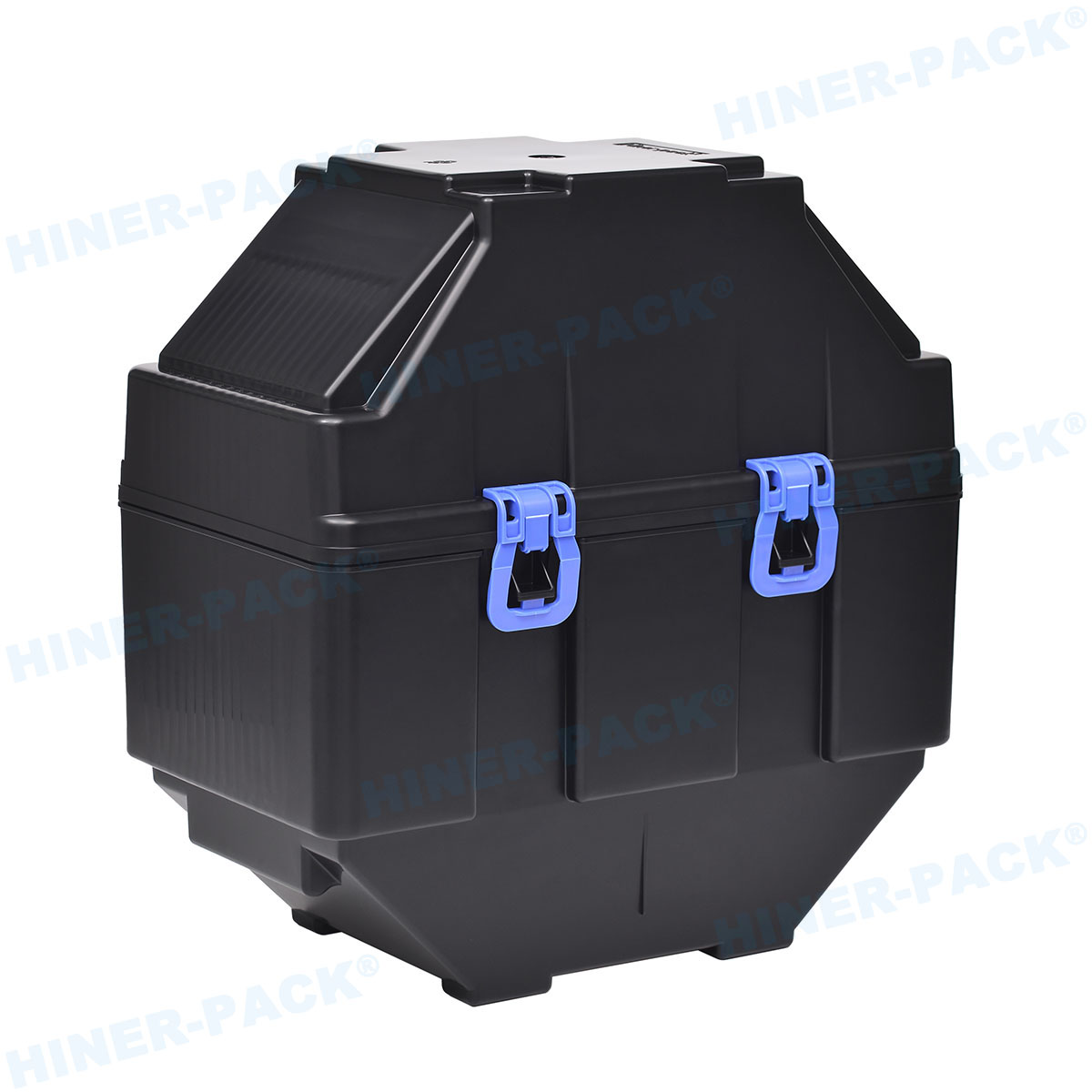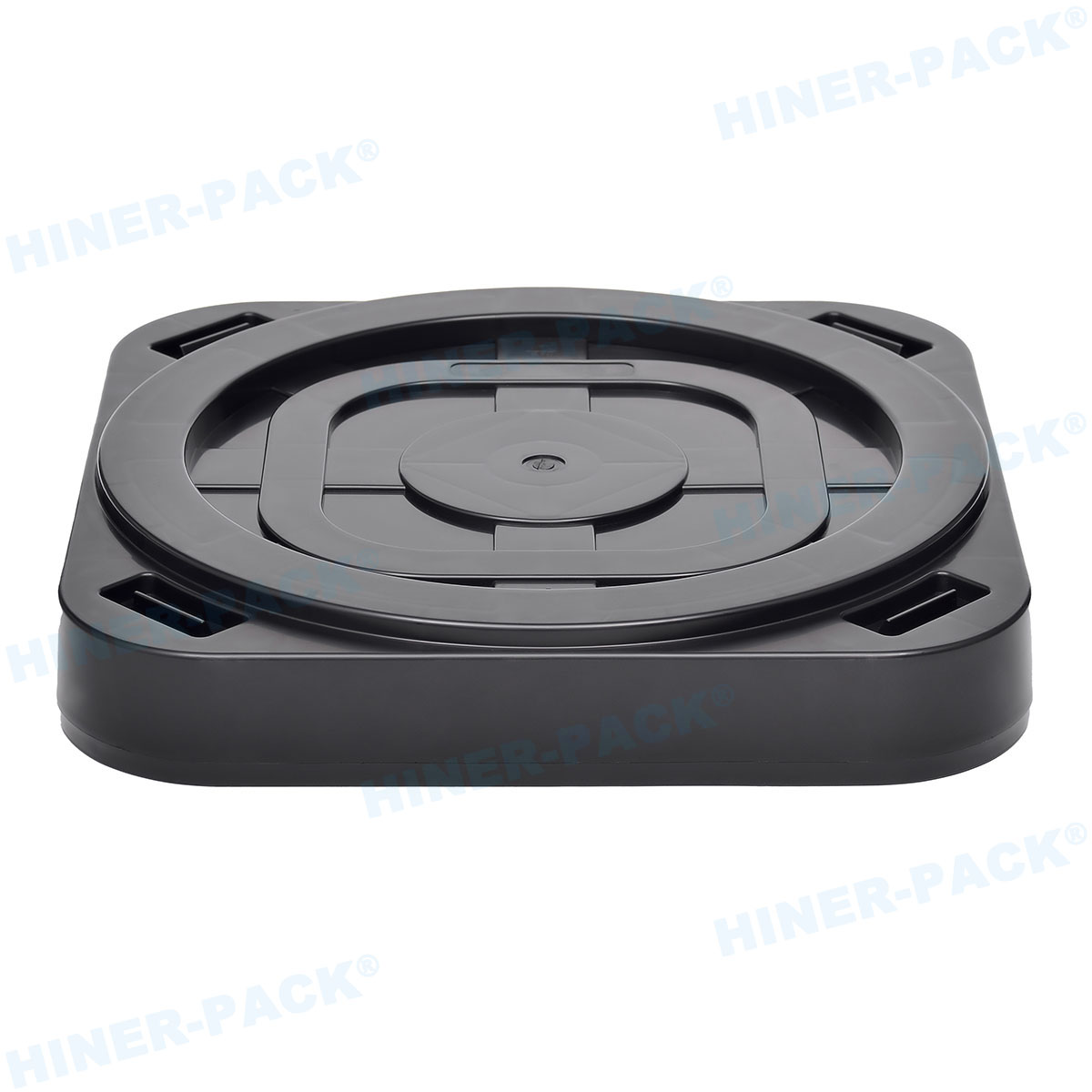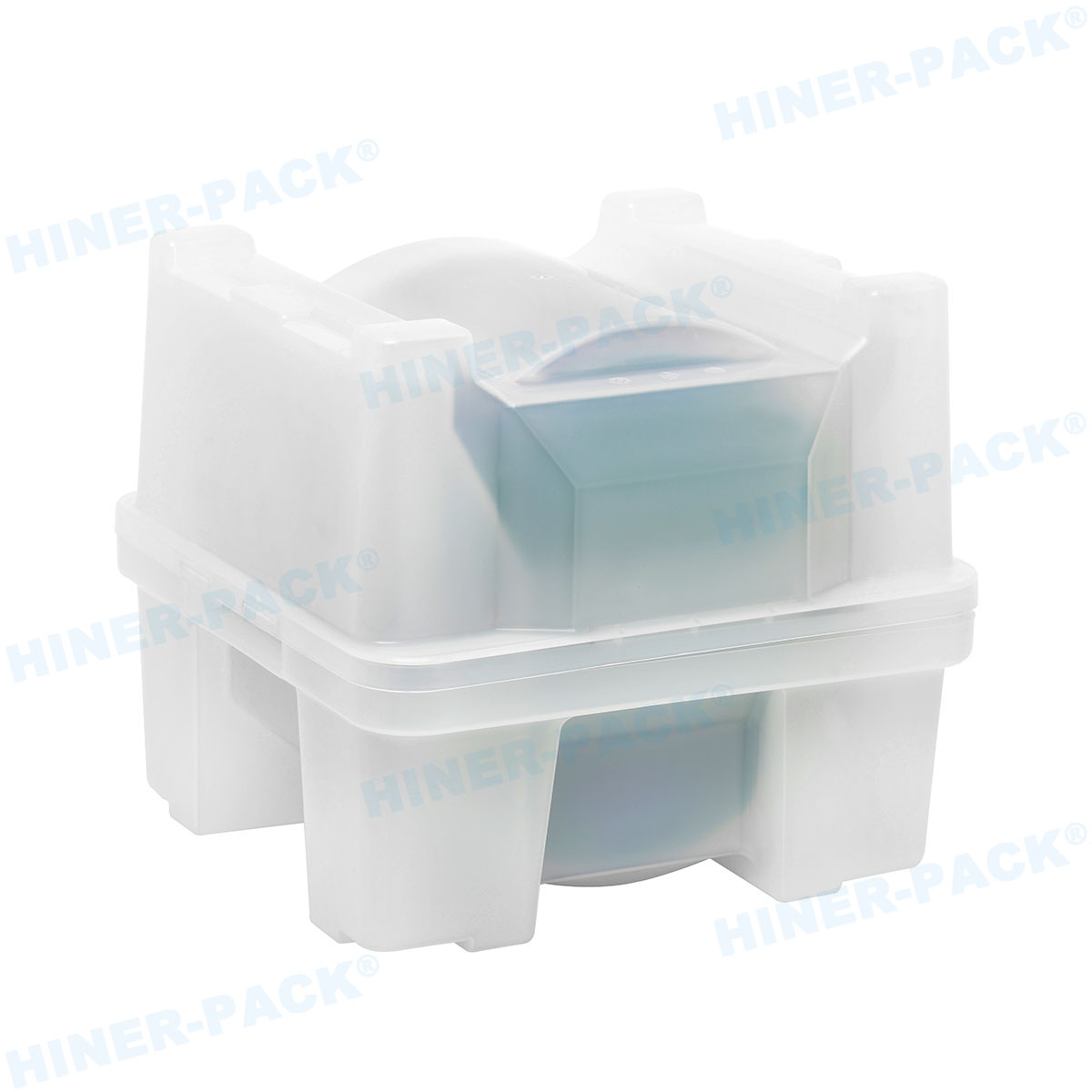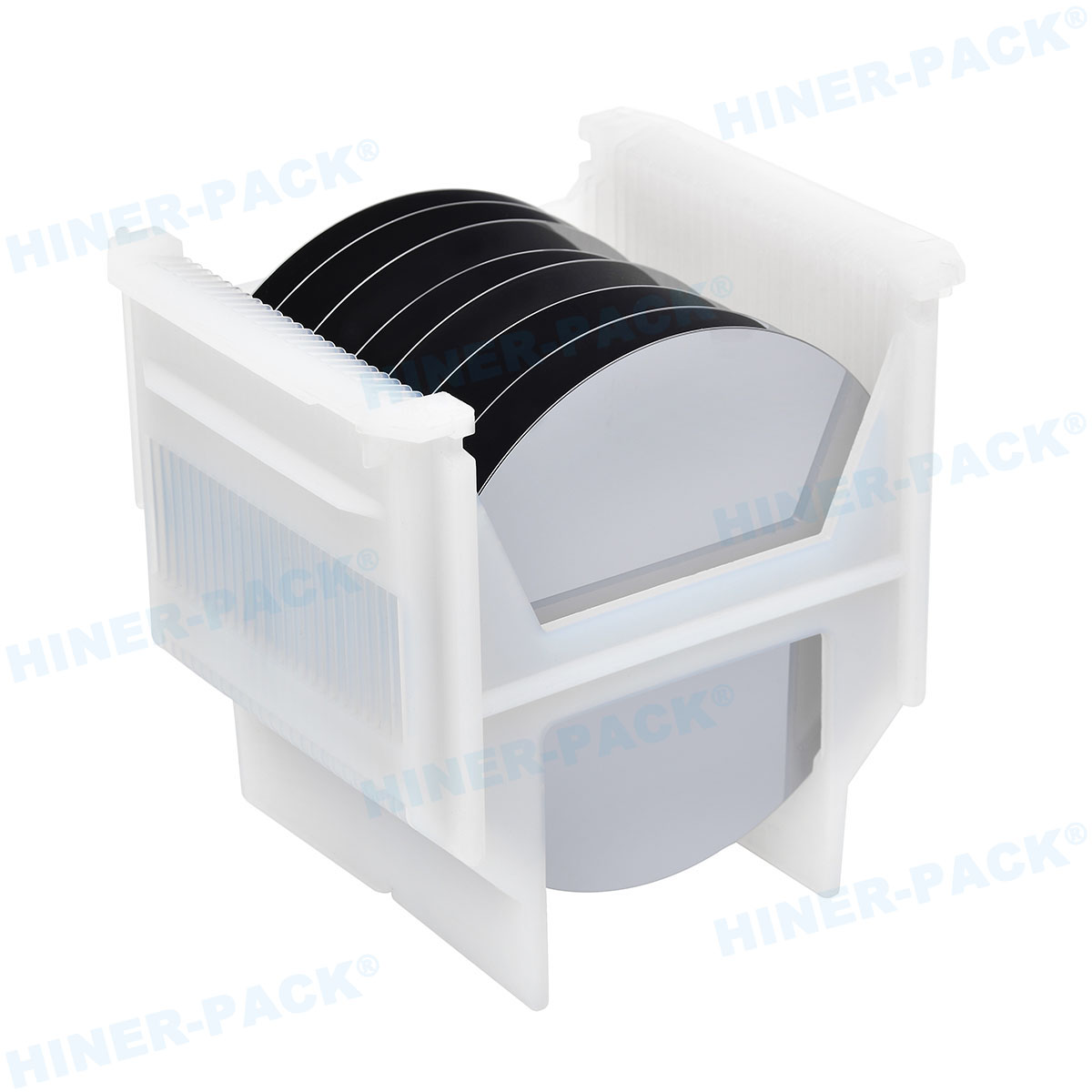In the highly specialized world of semiconductor manufacturing, every component plays a critical role in ensuring efficiency, precision, and product integrity. Among these, the wafer carrier tray stands out as an essential tool for handling, transporting, and storing silicon wafers throughout the production process. As the demand for advanced electronics continues to surge, understanding the nuances of wafer carrier trays—including their sourcing, customization, cost, and manufacturing—becomes paramount for industry professionals. This article delves into the key aspects of wafer carrier trays, with a particular focus on the rising influence of China wafer trays, the advantages of custom wafer carrier tray options, the factors affecting wafer trays price, and how to identify a reliable wafer trays manufacturer. Additionally, we will explore common challenges associated with these trays and provide practical solutions. By the end, you will have a comprehensive understanding of how to optimize your operations with the right wafer carrier tray solutions.

What Is a Wafer Carrier Tray and Why Is It Crucial in Semiconductor Processes?
A wafer carrier tray, often referred to simply as a wafer tray, is a specialized container designed to hold and protect silicon wafers during various stages of semiconductor fabrication, including cleaning, etching, deposition, and inspection. These trays are typically made from materials like high-purity plastics, polymers, or composites that minimize contamination and static discharge. The primary function of a wafer carrier tray is to safeguard delicate wafers from physical damage, environmental factors, and particulate contamination, which could compromise the performance of microchips and other electronic components.
In modern semiconductor facilities, the wafer carrier tray is integral to automated handling systems, ensuring smooth transitions between processing equipment. Its design must accommodate specific wafer sizes—such as 200mm, 300mm, or larger—and adhere to industry standards like SEMI guidelines. Without a reliable wafer carrier tray, manufacturers risk yield losses, increased downtime, and higher production costs. As such, investing in high-quality trays is not just a matter of convenience but a strategic decision that impacts overall productivity and product quality. The evolution of these trays has led to innovations in materials and designs, making them a focal point for continuous improvement in the semiconductor sector.
The Rise of China Wafer Trays in the Global Market
Over the past decade, China has emerged as a dominant player in the semiconductor supply chain, and this extends to the production of wafer carrier trays. China wafer trays are renowned for their cost-effectiveness, scalability, and growing adherence to international quality standards. The country's robust manufacturing infrastructure, coupled with government support for high-tech industries, has enabled Chinese suppliers to offer competitive solutions that cater to both domestic and global markets. Many multinational corporations now source their wafer carrier tray needs from China due to the combination of affordable labor, advanced production technologies, and efficient logistics networks.
However, the popularity of China wafer trays also brings considerations such as intellectual property protection and supply chain reliability. While Chinese manufacturers have made significant strides in quality control—often implementing rigorous testing for parameters like dimensional accuracy and chemical resistance—buyers should conduct due diligence when selecting suppliers. The emphasis on innovation in regions like the Pearl River Delta and Yangtze River Delta has led to the development of specialized wafer carrier tray designs that address specific industry demands, such as anti-static properties or compatibility with extreme temperatures. As the global semiconductor landscape evolves, China wafer trays are poised to play an increasingly vital role, driven by investments in research and development and a focus on sustainable manufacturing practices.
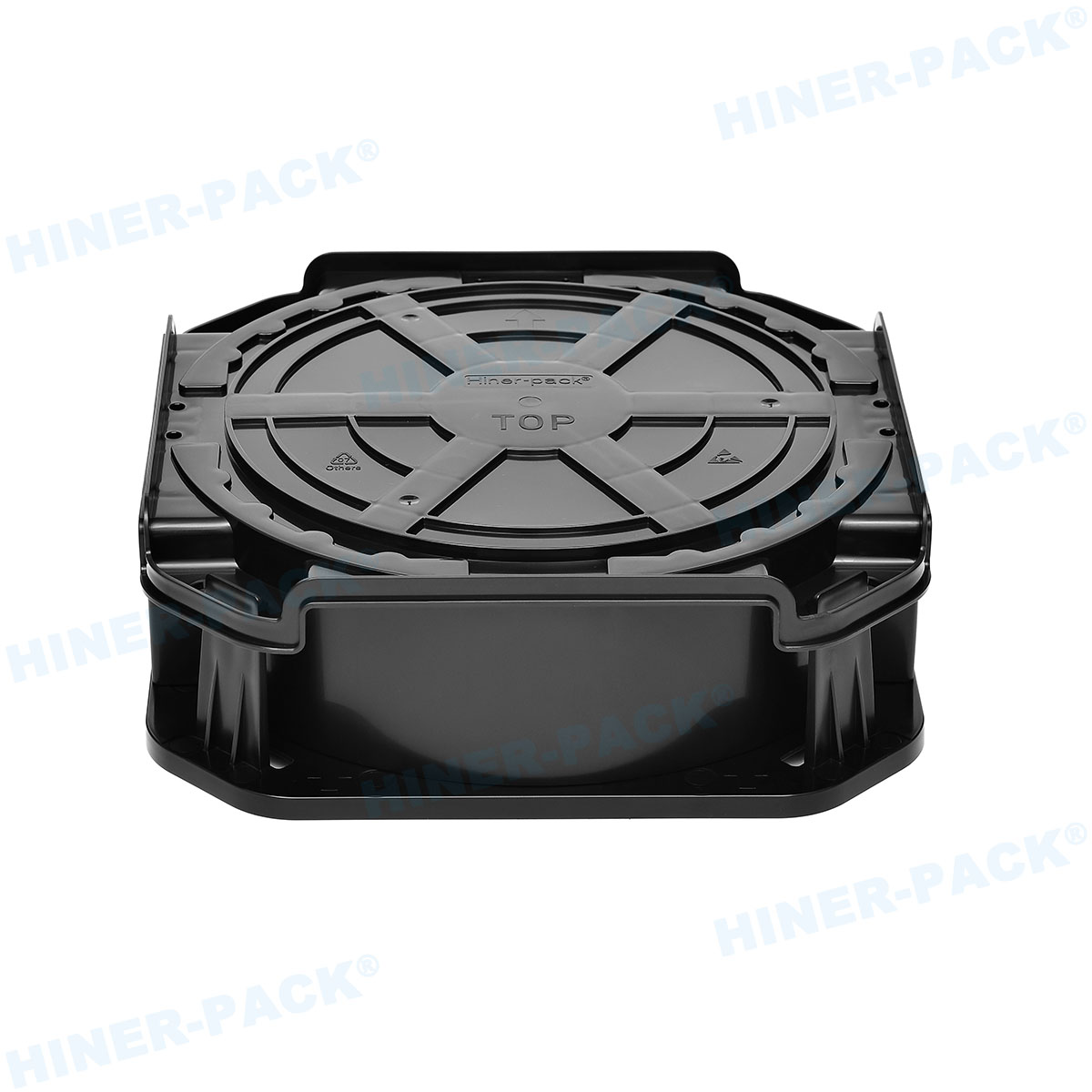
Advantages of Opting for a Custom Wafer Carrier Tray
In many semiconductor applications, off-the-shelf wafer carrier trays may not suffice due to unique processing requirements or specialized equipment. This is where a custom wafer carrier tray becomes invaluable. Customization allows manufacturers to tailor trays to exact specifications, such as unique wafer sizes, specific material compositions (e.g., PEEK or PVDF for high-temperature resistance), or integrated features like RFID tagging for traceability. A custom wafer carrier tray can enhance operational efficiency by reducing handling errors, minimizing wafer breakage, and improving compatibility with automated systems.
The process of developing a custom wafer carrier tray typically involves collaboration between the client and a specialized manufacturer to address factors like load capacity, weight distribution, and environmental conditions. For instance, in cleanroom environments, a custom tray might include anti-microbial coatings or low-outgassing materials to prevent contamination. Additionally, customization can lead to long-term cost savings by optimizing tray lifespan and reducing the need for frequent replacements. When considering a custom wafer carrier tray, it is essential to evaluate the manufacturer's expertise in design engineering and prototyping, as well as their ability to scale production to meet volume demands. This approach not only solves specific challenges but also future-proofs operations against evolving industry standards.
Key Factors Influencing Wafer Trays Price
Understanding the determinants of wafer trays price is crucial for budgeting and procurement decisions in the semiconductor industry. The cost of wafer carrier trays can vary widely based on several factors, including material type, production volume, customization level, and geographic sourcing. For example, trays made from premium materials like high-purity polycarbonate or advanced composites tend to command a higher wafer trays price due to their enhanced durability and contamination control properties. In contrast, standard plastic trays may be more affordable but could require more frequent replacement, impacting total cost of ownership.
Production volume also plays a significant role; large orders often benefit from economies of scale, reducing the per-unit wafer trays price. Conversely, small batches or custom designs may incur higher costs due to setup fees and specialized tooling. Another critical factor is the supplier's location: China wafer trays, for instance, might offer lower prices due to competitive manufacturing costs, but buyers must account for logistics and import duties. Additionally, market dynamics such as raw material availability, technological advancements, and regulatory compliance (e.g., REACH or RoHS standards) can influence pricing. To manage wafer trays price effectively, companies should seek quotes from multiple suppliers, consider long-term partnerships, and balance initial costs with performance benefits to achieve optimal value.
How to Choose a Reliable Wafer Trays Manufacturer
Selecting the right wafer trays manufacturer is a decision that can significantly impact product quality, supply chain stability, and overall operational success. A reputable manufacturer should demonstrate a proven track record in producing high-quality wafer carrier trays, with certifications such as ISO 9001 for quality management and ISO 14644 for cleanroom compliance. Key criteria to evaluate include the manufacturer's technical capabilities—such as injection molding precision and material science expertise—as well as their capacity to handle both standard and custom orders. For those interested in China wafer trays, it is advisable to assess the manufacturer's export experience and customer support services, including after-sales assistance and warranty offerings.
Beyond technical specifications, a reliable wafer trays manufacturer should prioritize communication and transparency, providing detailed documentation like material safety data sheets and test reports. Site audits or virtual factory tours can offer insights into their production processes and quality control measures. It is also beneficial to consider manufacturers who engage in continuous improvement and innovation, as this indicates a commitment to staying ahead of industry trends. Building a strong relationship with a trusted wafer trays manufacturer can lead to collaborative problem-solving, faster turnaround times, and better pricing terms. Ultimately, thorough due diligence—including reference checks and sample testing—will help ensure that your chosen partner aligns with your quality and operational requirements.
Common Issues with Wafer Carrier Trays and Practical Solutions
Despite their importance, wafer carrier trays are not immune to problems that can disrupt semiconductor manufacturing. One frequent issue is contamination, where particles or residues accumulate on the tray surface, leading to wafer defects. This often arises from improper cleaning protocols or material degradation. To mitigate this, manufacturers should implement regular cleaning cycles using compatible solvents and invest in trays with anti-static or low-particulate properties. Another common challenge is physical damage, such as cracks or warping, which can occur due to mishandling, thermal stress, or poor material quality. Selecting a durable custom wafer carrier tray designed for specific environmental conditions can reduce such risks.
Additionally, compatibility problems may arise when trays do not fit seamlessly with automated equipment, causing jams or misalignments. This underscores the value of working with an experienced wafer trays manufacturer who can provide precise dimensional tolerances. Cost-related concerns, such as unexpected spikes in wafer trays price, can be addressed through long-term contracts or diversifying suppliers—including considering China wafer trays for competitive options. Other issues include electrostatic discharge (ESD), which can damage sensitive wafers; using ESD-safe materials in the wafer carrier tray design is an effective solution. By proactively identifying these common problems and implementing preventive measures—such as staff training, routine inspections, and supplier collaboration—companies can minimize downtime and maintain high yield rates in their semiconductor operations.
In summary, the wafer carrier tray is a foundational element in semiconductor manufacturing, with implications for efficiency, cost, and product quality. From the expanding market of China wafer trays to the tailored benefits of a custom wafer carrier tray, understanding these aspects is essential for making informed decisions. Factors affecting wafer trays price and the selection of a reputable wafer trays manufacturer further highlight the need for strategic planning. By addressing common issues through proactive solutions, industry players can leverage wafer carrier tray innovations to stay competitive in a rapidly evolving landscape. As technology advances, the role of these trays will only grow, making it imperative to stay updated on trends and best practices.
This article has provided a detailed overview of wafer carrier trays, covering key topics to guide your procurement and usage. Whether you are evaluating China wafer trays for their economic advantages or seeking a custom wafer carrier tray for specialized needs, the insights shared here can help you navigate the complexities of the semiconductor supply chain. Remember, investing in the right wafer carrier tray solutions not only enhances operational reliability but also contributes to the long-term success of your manufacturing endeavors.



